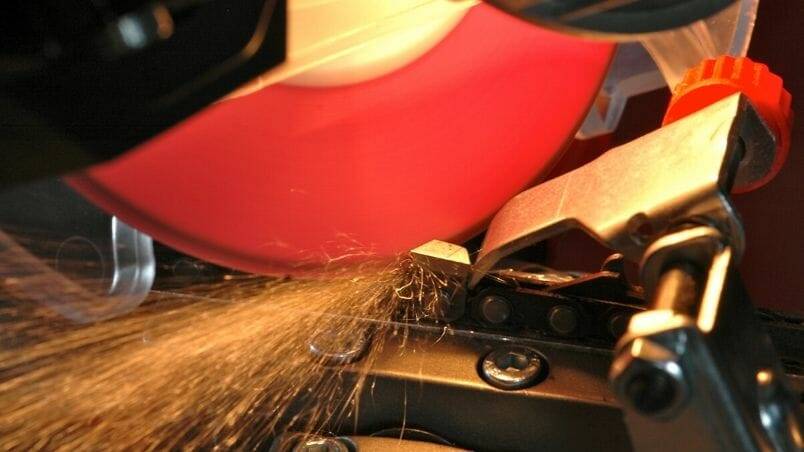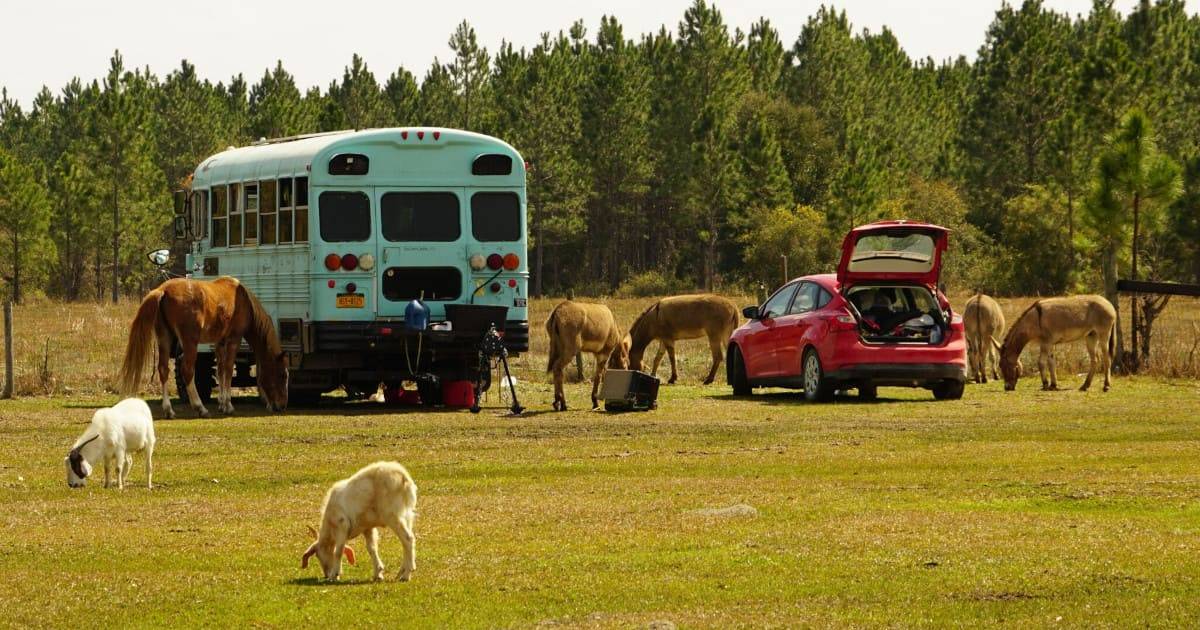After 20 years of sharpening chainsaws by hand with a file, I gave up doing it after I discovered how fast and effective electric saw chain sharpeners can be. This approach makes good sense if you cut more than recreational amounts of firewood, and not just because it’s three or four times faster than sharpening with a file. A properly machine-sharpened saw chain is very effective. It even cuts better than a new chain.
Chainsaws are completely useless when they’re dull. And the difference between a dull chain and a sharp one comes down to the shape of the tiniest tip of each cutter. Getting this small but crucial detail correct is what electric sharpeners do so well. The kind of sharpeners that make sense for serious chainsaw users look like miniature chopsaws.

But instead of spinning a toothed blade, they spin a thin, abrasive wheel about 10 or 13 cm (four or five inches) in diameter
Don’t bother with consumer-grade sharpeners that use tiny grinding bits in rotary tools. They’re way too slow, and the cute little abrasives wear out way too fast. Abrasive wheels need to have a semi-circular profile to work properly, and the sharpeners I’m using here come with a plastic gauge to assess wheel shape

Regular maintenance of this wheel is vital and happens by holding an extra-hard dressing stone against the spinning abrasive wheel

To work it down to shape. Even with the right equipment, there’s finesse involved in successful machine sharpening. But before you can develop the touch, you’ve got to understand crucial steps in the sharpening process. First, the chain comes off the saw. Place the chain on the sliding track underneath the abrasive wheel, adjust a couple of angle settings and depth stops (more on this later), then chop the spinning wheel down into the chain so the abrasive contacts the very front edge of a cutter. It takes just a couple of seconds to make one cutter sharp.
After that you’re ready to slide the chain to the next link, then chop down and make more sparks fly. All electric sharpeners have two adjustable stops: one that regulates the horizontal, side-to-side position of each cutter relative to the abrasive wheel

and another stop that regulates grinding depth

The horizontal stop determines how much metal will be removed from the all-important leading edge of each cutter, and this is the stop to start tweaking first. Start by examining the chain for any particularly damaged cutters. You’ll need to grind all cutters down to this level so the chain remains balanced and cuts evenly. That’s why you adjust the tool to suit the worst cutter. In practice, the horizontal stop rests against the back edge of one cutter, holding it some fixed distance from the side of the wheel

With the chain in the holder groove, adjust the swivelling table so the abrasive wheel encounters the chain at the factory-ground angle. All my chains are made with 30-degree angles, and yours probably are, too.

Next, turn the threaded adjustment knob on the horizontal stop so just enough metal is removed from the leading edge of the cutter to make it sharp. Gingerly grind one cutter and readjust until you’ve got it right. Most sharpening jobs remove less than 0.8 mm (1/32 inches) of metal from the leading edge of the cutter. Next, tweak the threaded adjuster that controls how far down the abrasive wheel chops. It needs to go down far enough to impart a hooked side profile to the cutter, though not so far that it grinds down into the main body of each link. Try your setup carefully on a few teeth before getting underway. Grind each cutter repeatedly, but for a very short time—less than a second with each little chop—until full grinding depth has been achieved. Since the metal at the leading edge of the cutter is so thin, it’s essential that you don’t overheat it by grinding too long. Any discoloration of the steel indicates a change in the metal. A good edge looks clean and crisp and razor sharp <cutter_sharpened.jpg>. If the working edge of the abrasive wheel becomes dark and doesn’t grind the metal as aggressively as it once did, it means the wheel has become glazed with metal residue. Work the surface with the dressing stone

until the original colour of the stone is restored. This refreshed surface will cut more quickly and with less heat buildup. Since saw chains have cutters that alternate orientation along the chain (one right, one left, the next right, etc.), you need to sharpen all cutters on one side, then swivel the chain holder and tackle those cutters pointing the other way. I mark the starting cutter with permanent marker, so I know exactly where to stop, without wasting any time accidentally regrinding sharp cutters. Although successful saw chain sharpening is mostly about shaping cutters so they can slice, it’s also about periodically adjusting the height of another part of the chain, a part called the depth gauges. These rounded, curved extensions of metal sit in front of each tooth, regulating the bite that each one can take as it slides over the material you’re sawing. After four or five sharpenings, the height of the cutters becomes reduced enough that it’s necessary to also reduce the height of the depth gauges correspondingly. Without this periodic maintenance step, no chain will cut properly during the last half of its working life because even sharp teeth are prevented from biting into the wood. Start by manually filing one depth gauge down to proper height, using a guide made especially for this job and a flat hand file. The chain itself is stamped with a number that represents the number of thousandths of an inch that the depth gauges need to sit below the cutting edge.

Next, use this filed depth gauge to set up the depth stop, so the abrasive wheel grinds all other depth gauges to the same height. Electric saw chain sharpeners are ideal for this kind of periodic chain maintenance, though you will need to change the abrasive wheel to an extra-wide version made for this work. If you use a chainsaw for making serious amounts of firewood, being efficient is important. Tooling up to sharpen your own chains costs less than you might expect and yields more than you’d guess. I’ll never go back to a file.
Two Chains Better Than One

No matter how you use a chainsaw, it makes sense to keep an extra chain or two on hand, sharp and ready to go. When your chain cuts poorly, just take it off and replace it with one of your pre-sharpen dones. I keep spare chains in small plastic containers in my saw box, ready to sling on as needed. It takes about two minutes for the swap. Keeping several chains in reserve also makes using an electric sharpener more efficient. Instead of setting yourself up to sharpen just one chain at a time, wait until you’ve got a few dull ones and some down time to fill productively, then grind away.
The Essential Saw Box

Chainsaws need a lot of auxiliary stuff to keep them running right, and that’s why you should keep a toolbox properly stocked for the job. You’ll need a wrench to keep the chain tensioned correctly, some spare chains, a length of fresh pull cord, a spare spark plug and your sharpening equipment. Does this kind of organization sound obsessive? It’s actually a really nice way to work. I’ve owned three saw boxes over the years, and my weatherproof Stanley is the biggest and my current favourite.
Steve Maxwell and his wife Mary live on a 90-acre modern homestead on Manitoulin Island, Ontario in a stone house they built with local materials beginning in 1985. Steve is Canada’s longest-running home improvement and how-to columnist and editor of Home and Property. He divides his time working on the land, building things large and small, and creating articles and how-to videos that teach sustainable, self-reliant, hands-on living skills.













